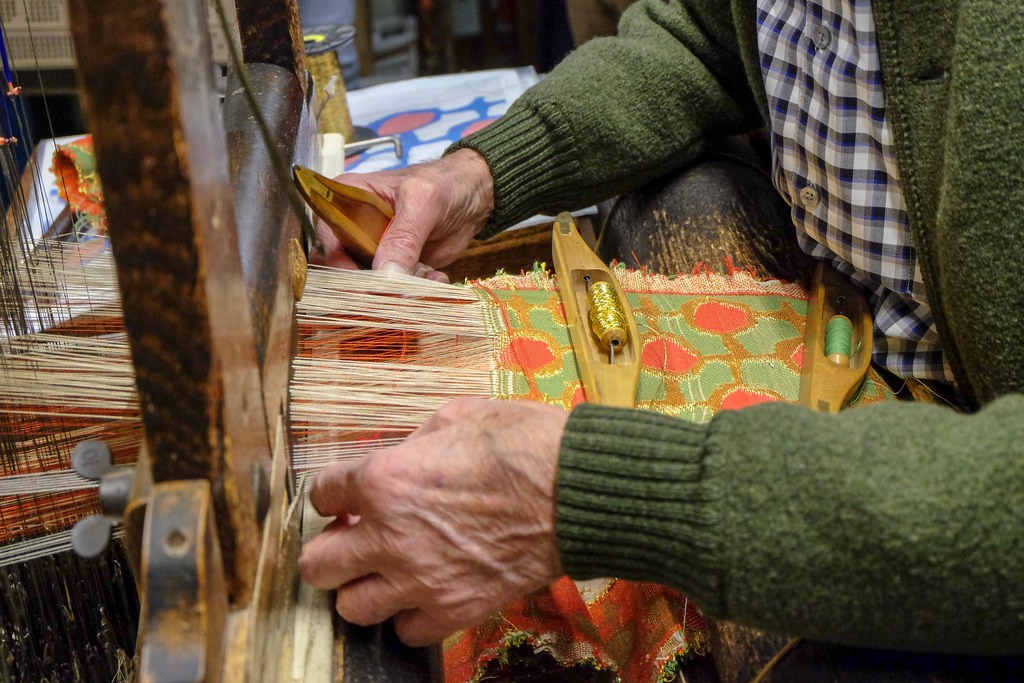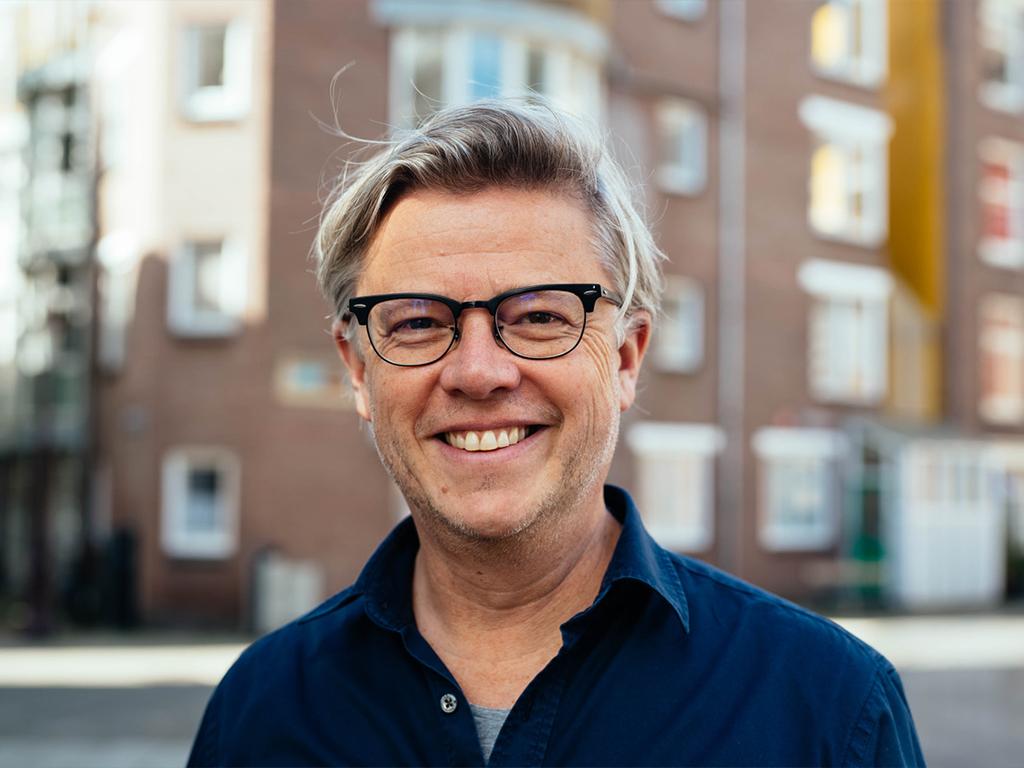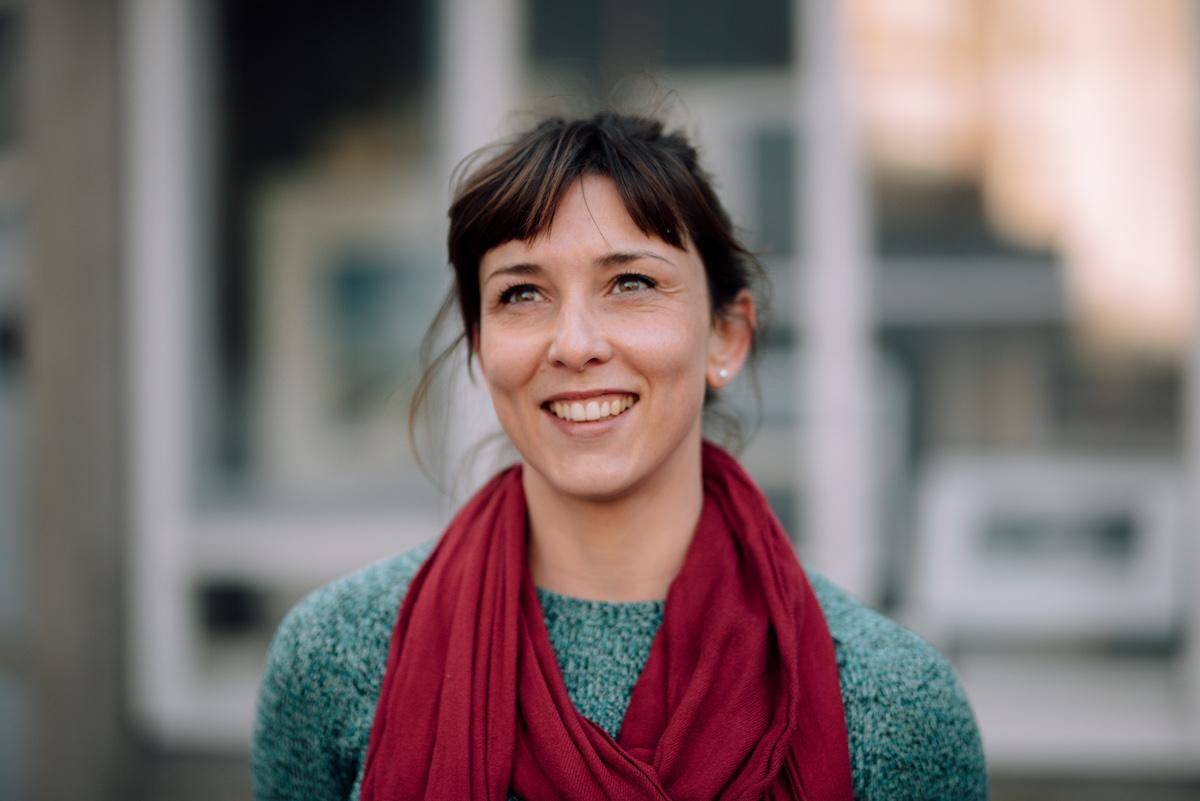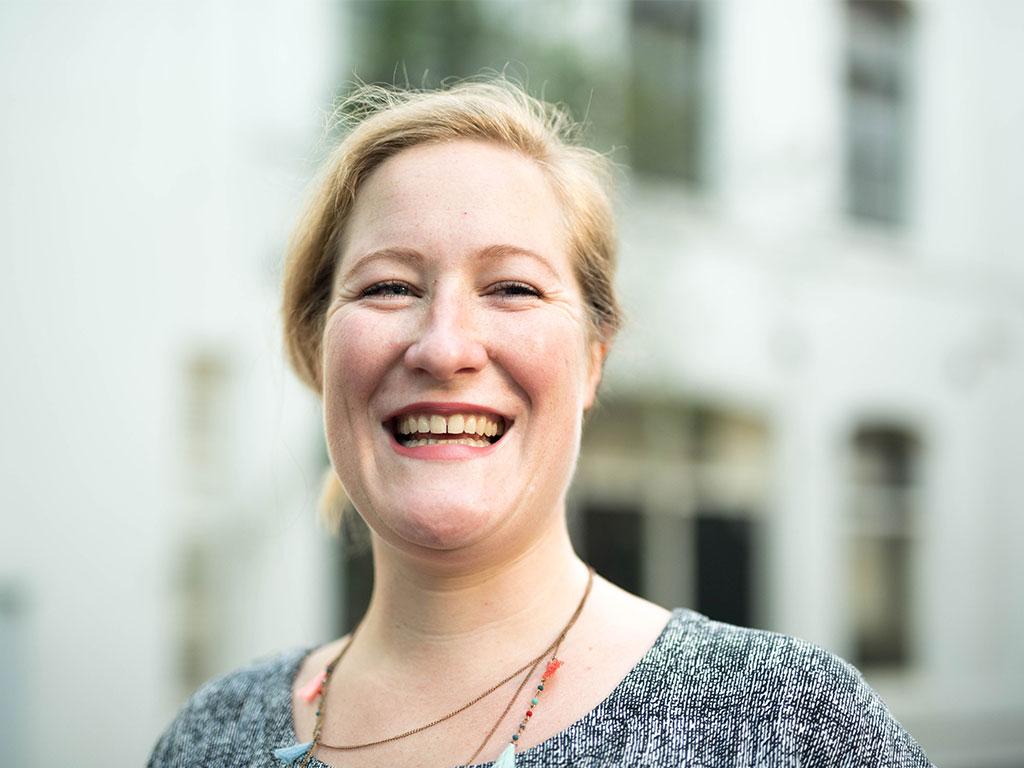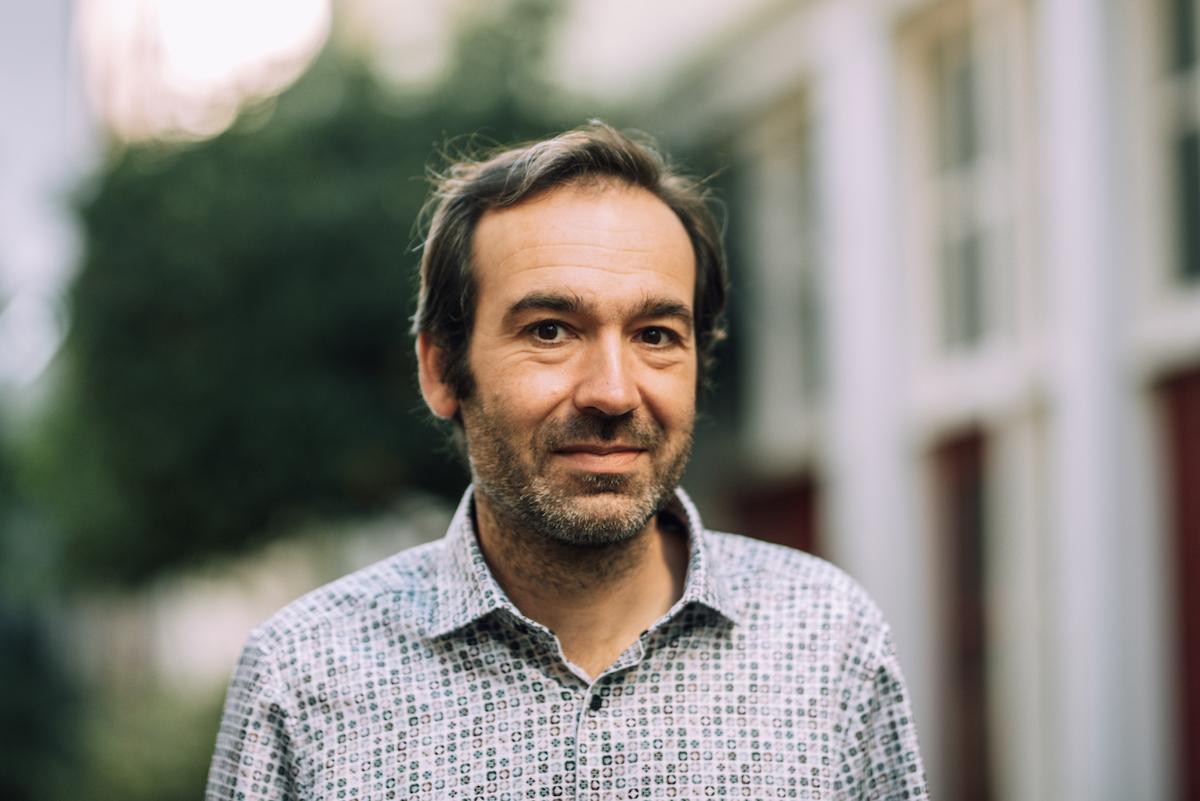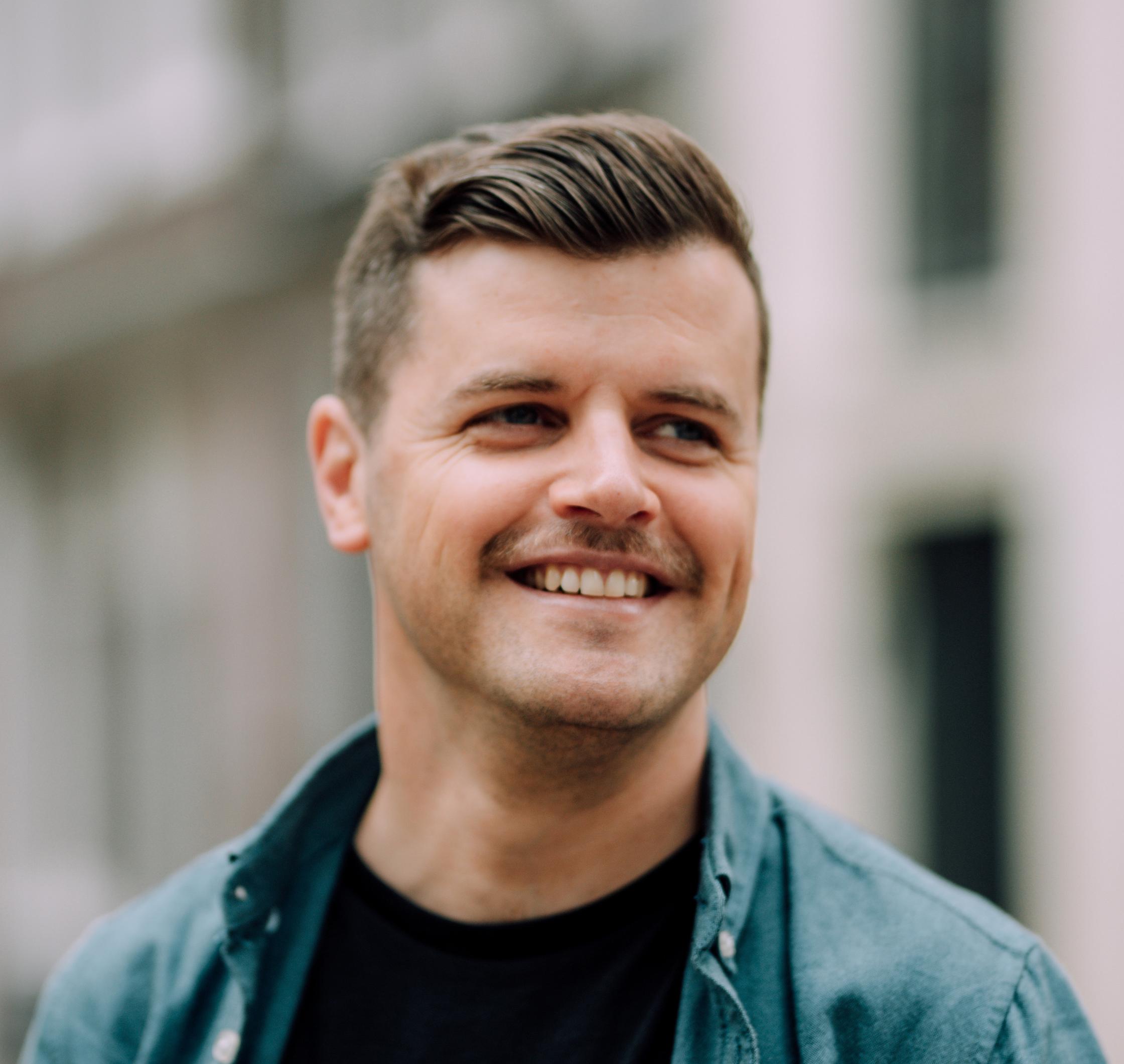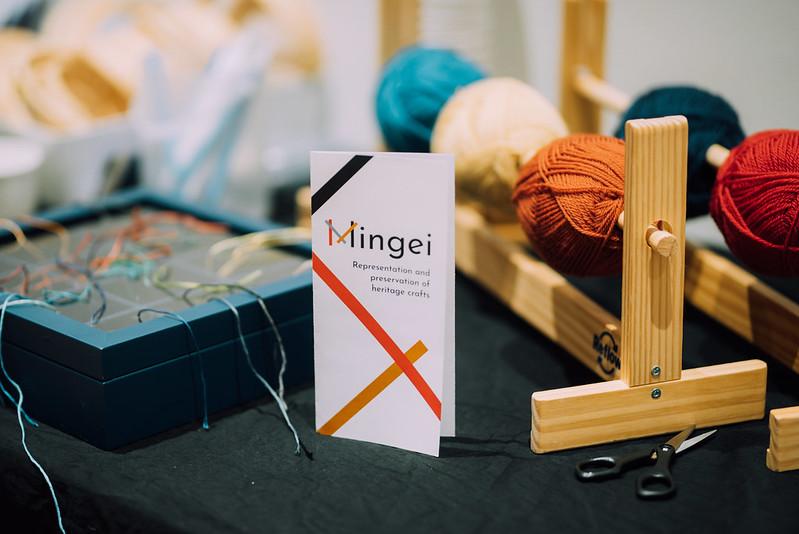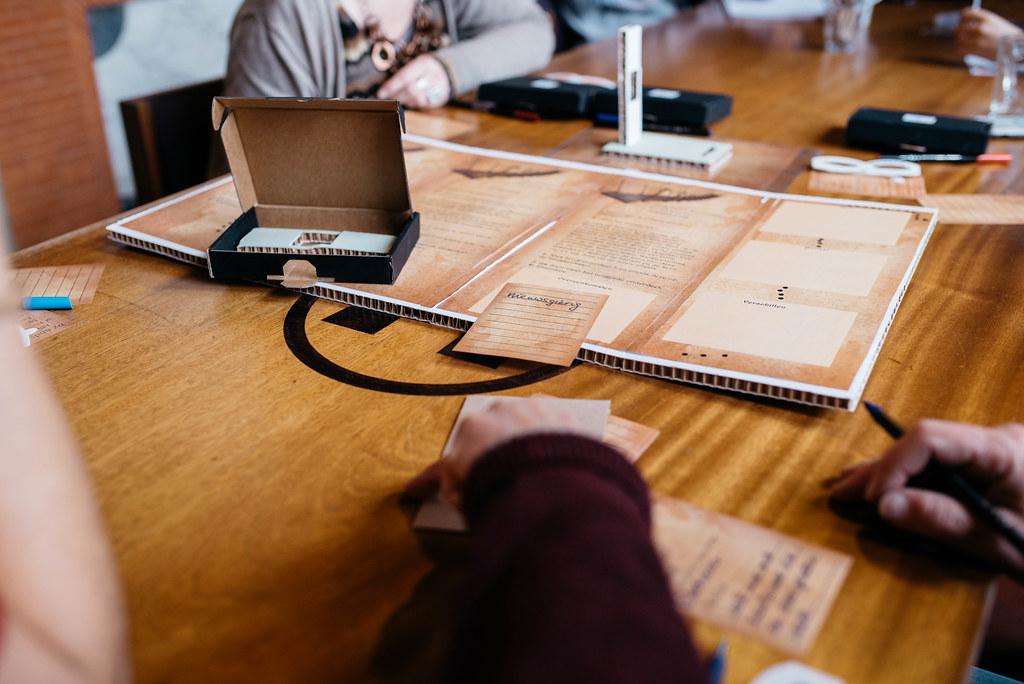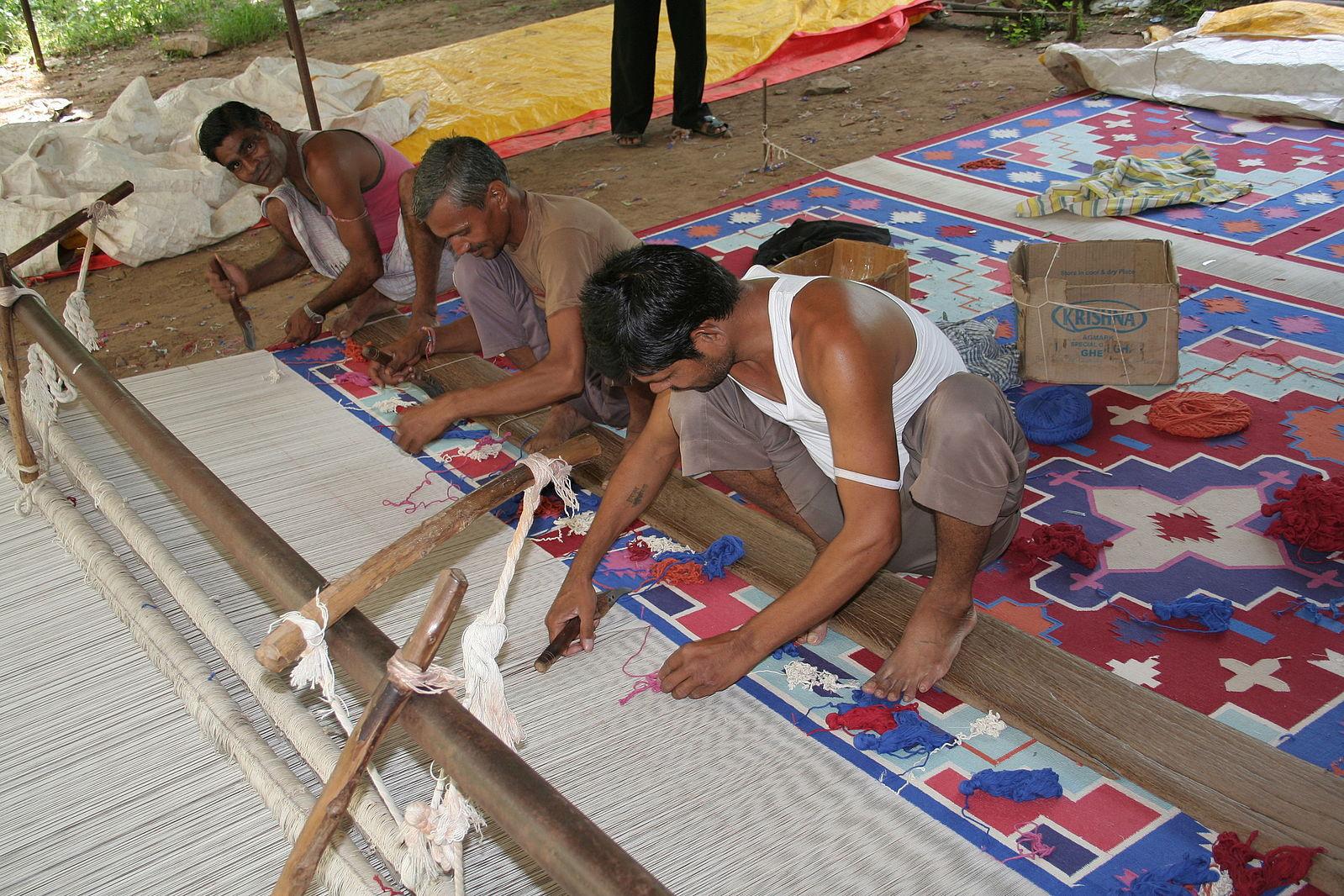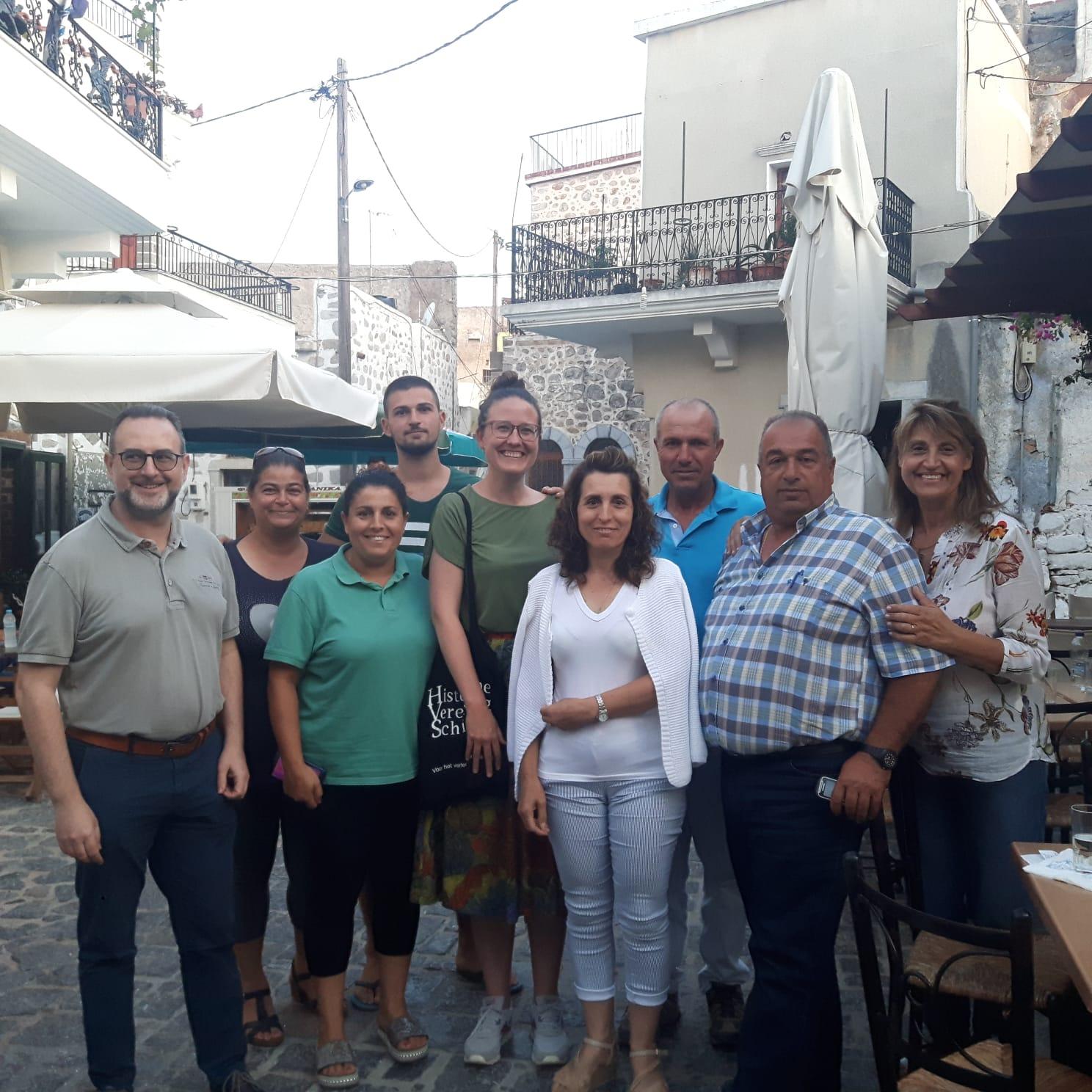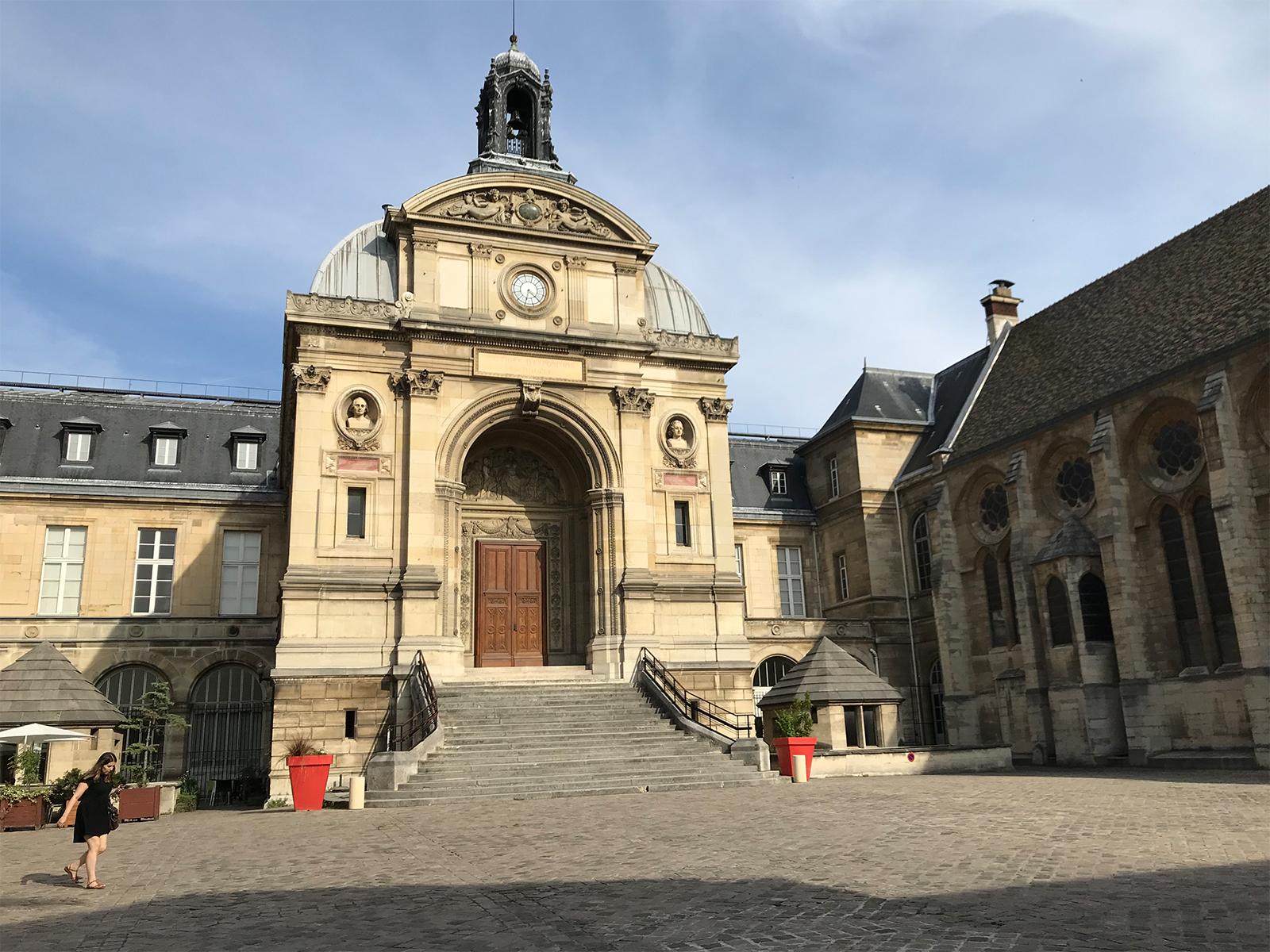In Mingei, Waag collaborates with European technical and cultural organisations to digitise and unlock (in)tangible aspects of crafts and share knowledge with future generations, visitors and tourists. The project explores how to use new technologies to make heritage crafts accessible to a wide audience, while preserving their qualities. What are the unique aspects of the craft that need to be preserved? Why do the crafts need to be preserved? How can technologies archive crafts in a future-proof way? And how can technology help with knowledge transfer?
The aim of Mingei is to create a representation of crafts through which both the tangible elements (instruments, products) and the intangible parts (rituals, actions) become visible. The technical partners of Mingei use motion caption technology, augmented reality (AR), virtual reality (VR) and virtual characters to make the gathered knowledge accessible to a large audience.
Glass, silk and mastic pilot
Three pilots on glass blowing, silk weaving and mastic are chosen to explore those different preservation and digitisation methods. These crafts domains are cultural heritage, yet the number of craftsmen with the required knowledge and skills in these domains quickly decline.
The glass pilot is hosted by the Conservatoire National des Arts et Métiers in Paris. Together with glassblowers, craftsmen, visitors and experts, Mingei recreates lost techniques, documents their actions and investigate the importance of artistic expression in glassblowing. In the pilot of the silk weaving domain at the Haus der Seidenkultur, a museum around Krefeld's religious silk industry specialised in jacquard weaving. To prevent the skills from being lost, Mingei investigates new educational applications. Mastic is central to the third pilot. Mastic is resin from the mastic tree, which only grows on the island of Chios, Greece. Harvesting the mastic is a complex and labor-intensive process that is carried out by the entire local population. In Mingei, we try to capture all social and economic aspects, such as traditions and identity, around mastic and we investigate applications for tourism.
Co-creation
Waag is the expert partner in the field of co-creation within Mingei. During co-creation activities, the local craftsmen and experts will be involved in capturing, digitising and unlocking the craft. For this purpose, Waag will make use of earlier developed co-creation tools. Additionally, Waag is responsible for the communication and evaluation of Mingei.
Waag’s main task in the project is to introduce and support a co-creation process on a local level, so that the craft partners will involve the most relevant expertise in the field of 'their' craft – and in technology – to come up with the most fitting solutions for their context.
As an expert in co-creation, we will coach and support each pilot partner on hosting activities with local craftsmen, museum staff, stakeholders, visitors and other people with knowledge and expertise that will contribute to shaping the content for digitisation, and the conceptualisation of solutions for knowledge transfer.
Results
- Guidelines for working with heritage crafts communities in digital projects
- Webinar: Preserving traditional crafts using technology
Partners
Meta data
Project duration
Links
Team
Financiers
This project has received funding from the European Union’s Horizon 2020 research and innovation programme under grant agreement no. 822336.
